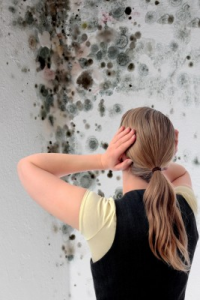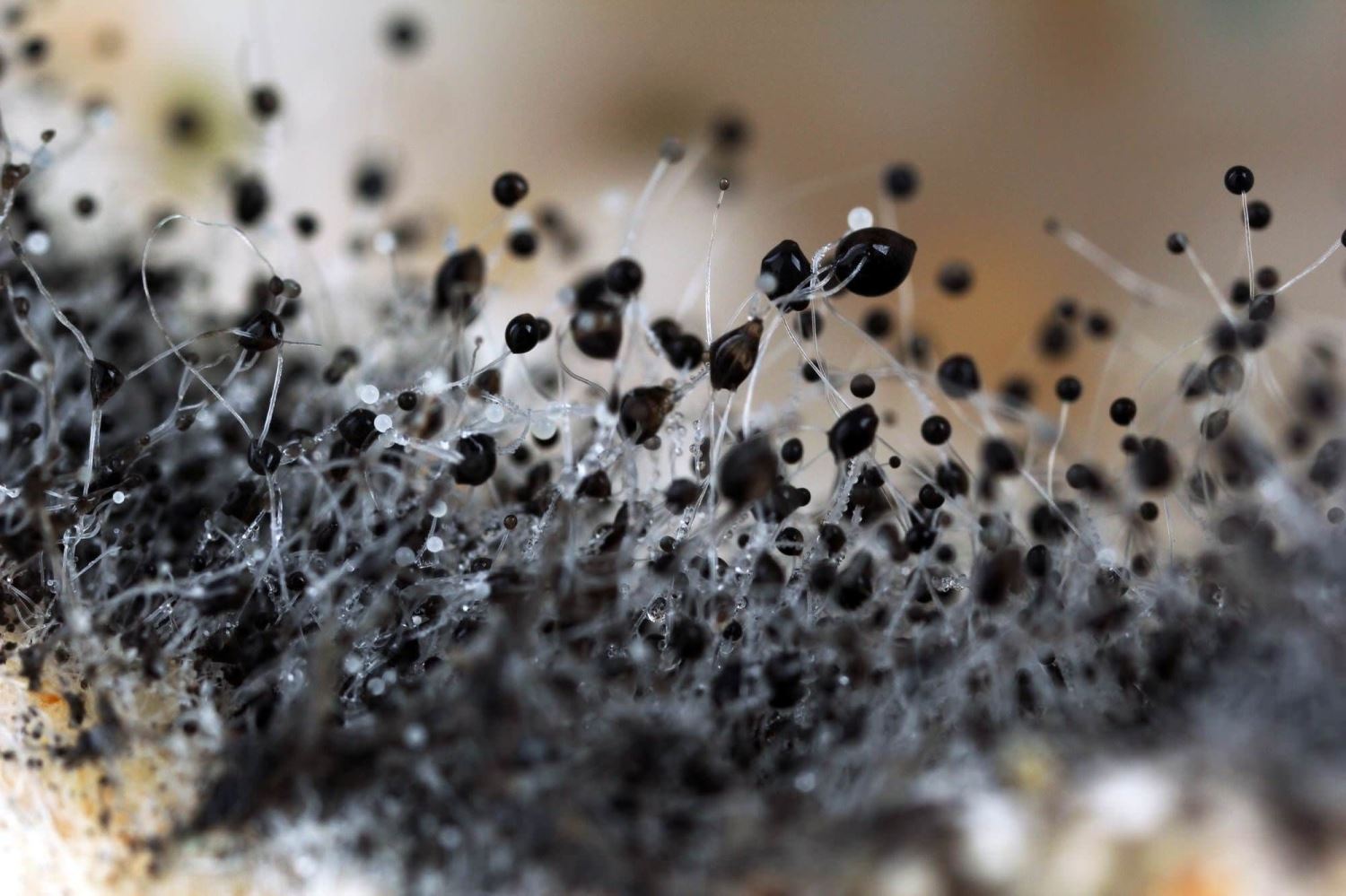How can you Protect your Family from Mold?
The moldy smells and odors of a basement might seem more than typical to the majority of house owners; the reality is, these bad smells and smells could be an indication that mold is growing rapidly in your home’s basement.
Where does mold grow?
Quite just, mold can grow anywhere, especially in restrooms, kitchens, and basements.

Although the majority of people utilize their basements for storage, always keep a watchful eye out for water spots or puddles. Structure materials such as wood and pine boards are permeable and the perfect breeding place for mold. Closely analyze the ceilings and exposed side of if your house’s sub-flooring. Also look for leakages, leaks, or dampness on cardboard boxes; and damp areas on the concrete flooring.
If you have a finished basement, then all carpet, drapes, pillows, cushions, and other materials are a prospective danger for developing mold. Regularly inspect below the chair and sofa cushions. Closely analyze the ornamental toss pillows, curtains, and throw rugs for dampness. If the fabrics in your basement reveal the smallest indication of dampness it is a sure sign that mold can and will develop with time.
Paper is another host of wetness; so carefully examine books, old publications, files, and cardboard storage boxes. Mold tends to quickly reproduce on damp, moist paper. It is best to attempt to prevent keeping clothes, material, and packed animals in your basement.
Another host of mold is fiberglass insulation. Although fiberglass insulation looks clean and dry, water sports on the ceilings and walls may inform another story, exposing a source for mold development. If the insulation in your home becomes wet, it is best to remove it as rapidly as possible and replace it with dry, mold-resistant insulation.
Are there signs of mold exposure?
Common signs of mold growth are itchy, red or inflamed skin; internal discomfort; sneezing; wheezing; and flu-like signs. If these symptoms go undiscovered for too long, the spores can increase, putting you at an even higher risk. Nevertheless, this situation can be prevented with a little caution and by following appropriate prevention methods.

What triggers mold development in a basement or home?
Mold enters your house as small spores. Mold spores quickly spread out throughout your home or basement and pick surface areas. This is accomplished since mold spores are air-borne. For these spores to grow, they need a terrific amount of moisture and a reliable food source-organic material.
Mold’s option food
Great food sources for mold are wood, cloth, material, and insulation; however, mold can grow on ceiling tiles, wallpaper, wallboard, paint, carpet, sheetrock, and on practically any provided surface in your home or basement. Mold likewise establishes from the moisture of a dripping roofing system, leaky pipe, flooding, or locations with high humidity.
Wetness is the most important condition for mold development, so when mold spores arrive at a wet or damp spot, they start to grow and increase, within a 24 to 48-hour timespan.
Avoidance
There is not a conclusive way to remove mold and mold spores entirely from your house or basement. You can avoid mold from taking control of your house by keeping your home tidy and dry.

Here are a couple of suggestions to manage mold
– Maintain the humidity level in your house to listed below 60%; ideal levels are between 30% and 50%.
– Install and utilize exhaust fans while bathing and cooking. Make certain the fan vents lead outside.
– Always keep your bathroom properly aerated and dry– the drier the much better.
– Install and utilize correct ventilation and dehumidify basements, attics, and crawl spaces.
– Keep a watchful eye out for damp spots and condensation.
– Remove all or any items in your home that have been damaged by water, as mold can develop in just 24 to 48 hours.
– Each of these tips will stop the mold from growing and increasing.





